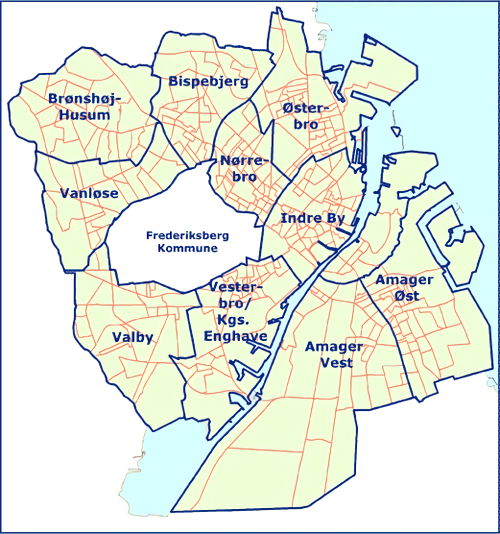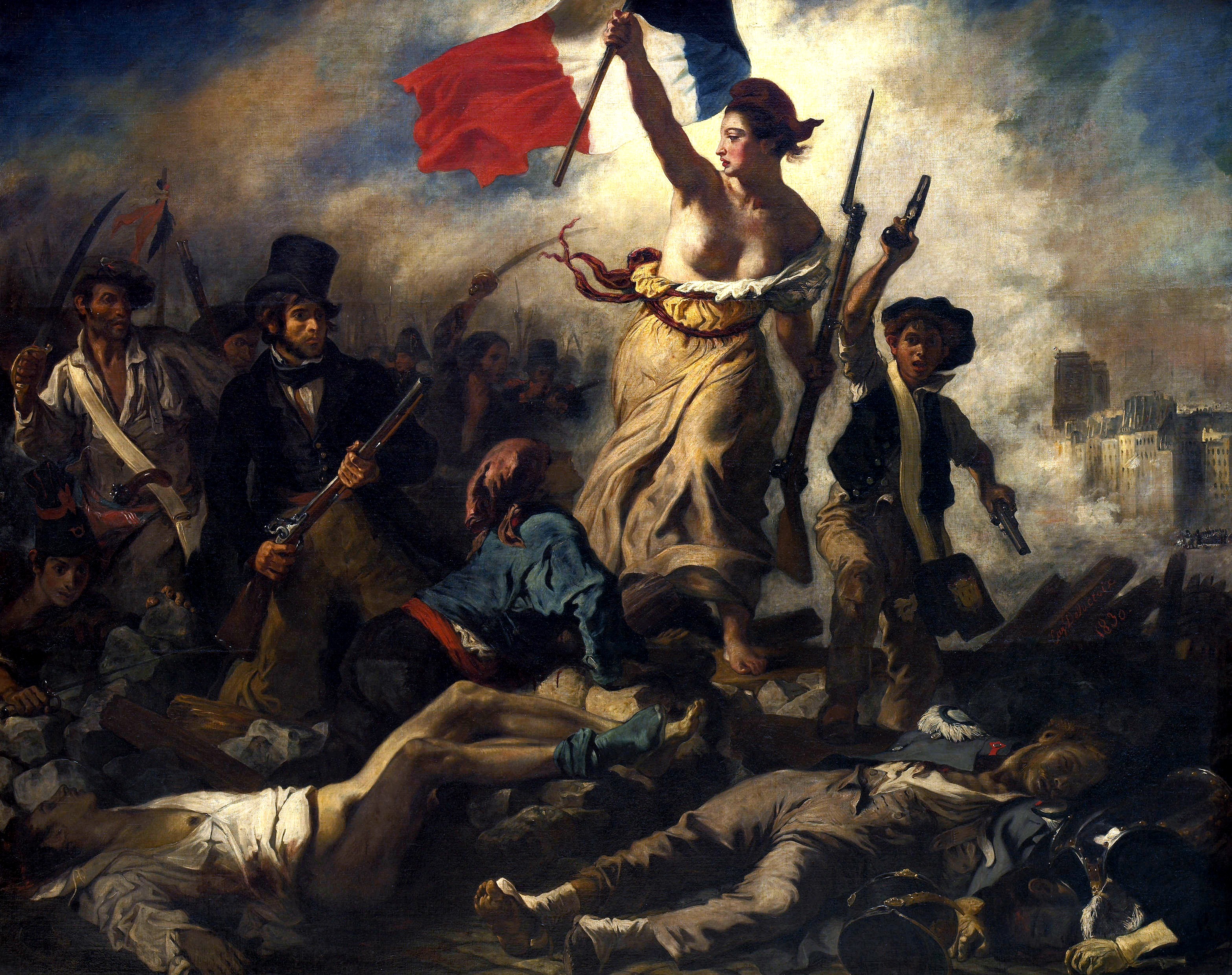|
Bragesgade
Bragesgade is a street in the Outer Nørrebro district of Copenhagen, Denmark. It runs from Nørrebrogade in the southwest to Nannasgade in the northeast. It is located in the so-called Mimersgade Quarter where many of the streets are named after Norse figures and localities. It is named after Brage (Bragi). Nørrebrohallen's main entrance is located in the street. History The street was given its name in 1889. It then ended at Rosagade (now Mimersgade) but it was later extended to Nannasgade. A complex of carriagehouses and workshops for the trams was constructed on the north side of the northwest side of the street in1898. It was later extended several times, for instance with its own substation in 1914. Several industrial enterprises were also built in the street. Brdr. Henzes Skrueboltefabrik was located at No. 8 but moved when a new plant on Strandlodsvej in Amager was inaugurated in the 1940s. Peter Jørgensens motorfabrik "Dan", the first Danish manufacturer of petro ... [...More Info...] [...Related Items...] OR: [Wikipedia] [Google] [Baidu] |
Thorsgade
Thorsgade () is a mainly residential street in the Mimersgade, Mimersgade Quarter of Nørrebro in Copenhagen, Denmark, linking Nørrebrogade in the southwest to Tagensvej in the northeast. The first part of the street is only open to one-way traffic in the direction from Nørrebrogade to Dagmarsgade. The street takes its name after the Norse mythology, Norse god Thor. The now decommissioned Samuel's Church is located at No. 65. Thorsparken, a small public park between Thorsgade and Allersgade, offers facilities such as a playground, soccer cage, picnic tables and benches. History Created in 1863, Thorsgade is one of the oldest streets in the Outer Nørrebro area. It is also one of the first streets in Nørrebro named with inspiration from Norse mythology. It was initially just a short street that linked Dagmarsgade with Odinsgade. At the time of the 1870 census, Thorsgade was still only home to 22 families and It only consisted of five house numbers (No. 1-5 and No. 2-4). The s ... [...More Info...] [...Related Items...] OR: [Wikipedia] [Google] [Baidu] |
Vilhelm Friederichsen
Vilhelm Heinrich Friederichsen (6 May 1841 - 5 March 1913) was a Danish architect. Early life and education Friederichsen was born in Copenhagen, the son of carpenter Peter Wilhelm Friederichsen (1817-74) and Helene Theresia Seerup (1821-75). He apprenticed as a carpenter and attended the Technical Institute in Læderstræde in the winter time for three years before enrolling at the Royal Danish Academy of Fine Arts in 1856 where he studied under Gustav Friedrich Hetsch and Christian Hansen. He won the small silver medal in 1864 and graduated in 1865. Career Friederichsen and Peter Christian Bønecke won third prize in the competition for the new Royal Danish Theatre in 1871 and specialized in the design of hospitals. He designed the first phase of the Øresund Hospital in 1875-76 and the Blegdam Hospital in 1878-80. In 1883-85, he designed the Sankt Johannes Stiftelse complexes on both sides of Ruesgade for which he received the C. F. Hansen Medal in 1886. He also design ... [...More Info...] [...Related Items...] OR: [Wikipedia] [Google] [Baidu] |
Amager
Amager ( or, especially among older speakers, ) in the Øresund is Denmark's most densely populated island, with more than 212,000 inhabitants (January 2021) a small appendage to Zealand. The protected natural area of ''Naturpark Amager'' (including Kalvebod Fælled) makes up more than one-third of the island's total area of 96 km2. The Danish capital, Copenhagen Municipality, is partly situated on Amager, covering the northern part of the island, which is connected to the much larger island of Zealand by eight bridges and a metro tunnel. Amager also has a connection across the Øresund to Sweden, the Øresund Bridge. Its western part begins with a tunnel from Amager to another Danish island, Peberholm. Copenhagen Airport is located on the island, around from Copenhagen city centre. Amager is the largest island in the Øresund, and the only one with a large population. , 212,661 people lived on the island, including its northern tip, Christianshavn. The northern part i ... [...More Info...] [...Related Items...] OR: [Wikipedia] [Google] [Baidu] |
Kristoffer Varming
Christopher is the English version of a Europe-wide name derived from the Greek name Χριστόφορος (''Christophoros'' or '' Christoforos''). The constituent parts are Χριστός (''Christós''), " Christ" or " Anointed", and φέρειν (''phérein''), "to bear"; hence the "Christ-bearer". As a given name, 'Christopher' has been in use since the 10th century. In English, Christopher may be abbreviated as " Chris", "Topher", and sometimes "Kit". It was frequently the most popular male first name in the United Kingdom, having been in the top twenty in England and Wales from the 1940s until 1995, although it has since dropped out of the top 100. The name is most common in England and not so common in Wales, Scotland, or Ireland. People with the given name Antiquity and Middle Ages * Saint Christopher (died 251), saint venerated by Catholics and Orthodox Christians * Christopher (Domestic of the Schools) (fl. 870s), Byzantine general * Christopher Lekapenos (d ... [...More Info...] [...Related Items...] OR: [Wikipedia] [Google] [Baidu] |
Romantic Nationalism
Romantic nationalism (also national romanticism, organic nationalism, identity nationalism) is the form of nationalism in which the state claims its political legitimacy as an organic consequence of the unity of those it governs. This includes such factors as language, race, ethnicity, culture, religion, and customs of the nation in its primal sense of those who were born within its culture. It can be applied to ethnic nationalism as well as civic nationalism. Romantic nationalism arose in reaction to dynastic or imperial hegemony, which assessed the legitimacy of the state from the top down, emanating from a monarch or other authority, which justified its existence. Such downward-radiating power might ultimately derive from a god or gods (see the divine right of kings and the Mandate of Heaven). Among the key themes of Romanticism, and its most enduring legacy, the cultural assertions of romantic nationalism have also been central in post-Enlightenment art and political ... [...More Info...] [...Related Items...] OR: [Wikipedia] [Google] [Baidu] |
Herlev
Herlev is a suburb about 9 km northwest of Copenhagen city centre. It is the site of the municipal council of Herlev Municipality, Denmark. Sports Herlev is the hometown of former Vancouver Canuck Jannik Hansen. Herlev is known for its hockey team, the Herlev Hornets. Attractions Herlev Hospital is in height. It is famous for being Denmark's tallest building and the fifth tallest hospital in the world. Its modern, functional architecture in bright concrete, glass and bronze-coloured aluminium gives a unique impression. Construction began in 1965 and the hospital was finished in 1975. It was opened in 1976. In 2021, the new emergency room and paediatric centre were opened by Crown Princess Mary, the Danish Minister of Health Magnus Heunicke, and Sophie Hæstorp Andersen, chairman of the Region Hovedstaden. Herlev has several small, independent museums placed around the city. Transport Herlev train station serves the central part of Herlev. Local buses f ... [...More Info...] [...Related Items...] OR: [Wikipedia] [Google] [Baidu] |
Copenhagen
Copenhagen ( or .; da, København ) is the capital and most populous city of Denmark, with a proper population of around 815.000 in the last quarter of 2022; and some 1.370,000 in the urban area; and the wider Copenhagen metropolitan area has 2,057,142 people. Copenhagen is on the islands of Zealand and Amager, separated from Malmö, Sweden, by the Øresund strait. The Øresund Bridge connects the two cities by rail and road. Originally a Vikings, Viking fishing village established in the 10th century in the vicinity of what is now Gammel Strand, Copenhagen became the capital of Denmark in the early 15th century. Beginning in the 17th century, it consolidated its position as a regional centre of power with its institutions, defences, and armed forces. During the Renaissance the city served as the de facto capital of the Kalmar Union, being the seat of monarchy, governing the majority of the present day Nordic countries, Nordic region in a personal union with Sweden and N ... [...More Info...] [...Related Items...] OR: [Wikipedia] [Google] [Baidu] |
Denmark
) , song = ( en, "King Christian stood by the lofty mast") , song_type = National and royal anthem , image_map = EU-Denmark.svg , map_caption = , subdivision_type = Sovereign state , subdivision_name = Kingdom of Denmark , established_title = Consolidation , established_date = 8th century , established_title2 = Christianization , established_date2 = 965 , established_title3 = , established_date3 = 5 June 1849 , established_title4 = Faroese home rule , established_date4 = 24 March 1948 , established_title5 = EEC accession , established_date5 = 1 January 1973 , established_title6 = Greenlandic home rule , established_date6 = 1 May 1979 , official_languages = Danish , languages_type = Regional languages , languages_sub = yes , languages = GermanGerman is recognised as a protected minority language in the South Jutland area of Denmark. , demonym = , capital = Copenhagen , largest_city = capital , coordinates = , ethnic_groups = , ethnic_gro ... [...More Info...] [...Related Items...] OR: [Wikipedia] [Google] [Baidu] |



